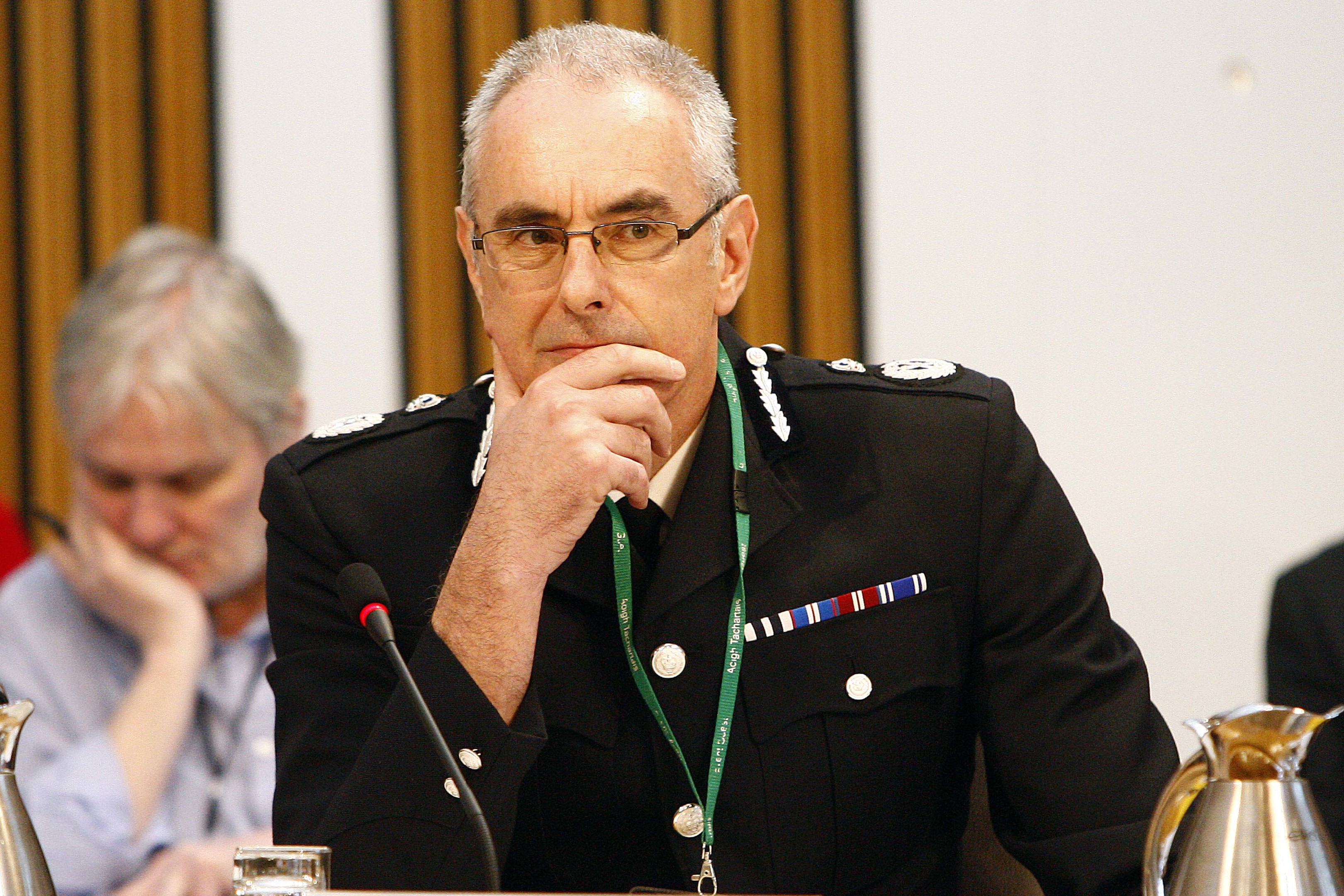Police Scotland’s counter-corruption unit is being investigated for alleged corruption, the chief constable has admitted.
Phil Gormley has revealed to MSPs that more than 100 allegations were made against the under-fire unit between 2009 and 2016.
Two relate to criminal allegations of attempting to pervert the course of justice, one of which is currently being investigated.
Mr Gormley has asked the chief constable of Durham Constabulary to independently review all of the complaints.
In a letter to the convener of Holyrood’s justice committee, Mr Gormley said there were 25 complaints and 108 allegations in that seven-year period.
The latest complaint includes a criminal allegation of attempting to pervert the course of justice and 11 non-criminal allegations, he added.
“I have asked the chief constable of Durham Constabulary, chief constable Mike Barton, to undertake a review of complaints made against staff in Police Scotland’s counter-corruption unit,” he added.
The complaints relate to allegations including wilful or careless falsehood, neglect of duty and discreditable conduct, as well as attempting to pervert the course of justice.
Most of them have been closed with either no further action or corrective action taken.
It was revealed last year rules on accessing data without proper consent had been breached when the CCU sought to uncover journalists’ sources in relation to the murder of prostitute Emma Caldwell.
By failing to get judicial approval, the CCU illegally used Regulation of Investigatory Powers (RIPA) to try and find out who gave the Sunday Mail information about the case.
In the letter to the justice committee, Mr Gormley contradicted evidence given by the former deputy chief constable of Police Scotland.
Neil Richardson, who was the force’s number two and in charge of the CCU, told the justice committee in December that an investigation into the use of RIPA powers followed breaches during a “live murder inquiry”.
But Mr Gormley said: “In April 2015 the enquiry into the murder of Emma Caldwell was not live.”
Liam McArthur, the Scottish Liberal Democrats’ justice spokesman, said: “This letter confirms that a senior officer seem to have misled the justice committee in response to questions over serious breaches of rules that are in place to protect our privacy.
“Whether this was by accident or design it is wholly unacceptable.”










